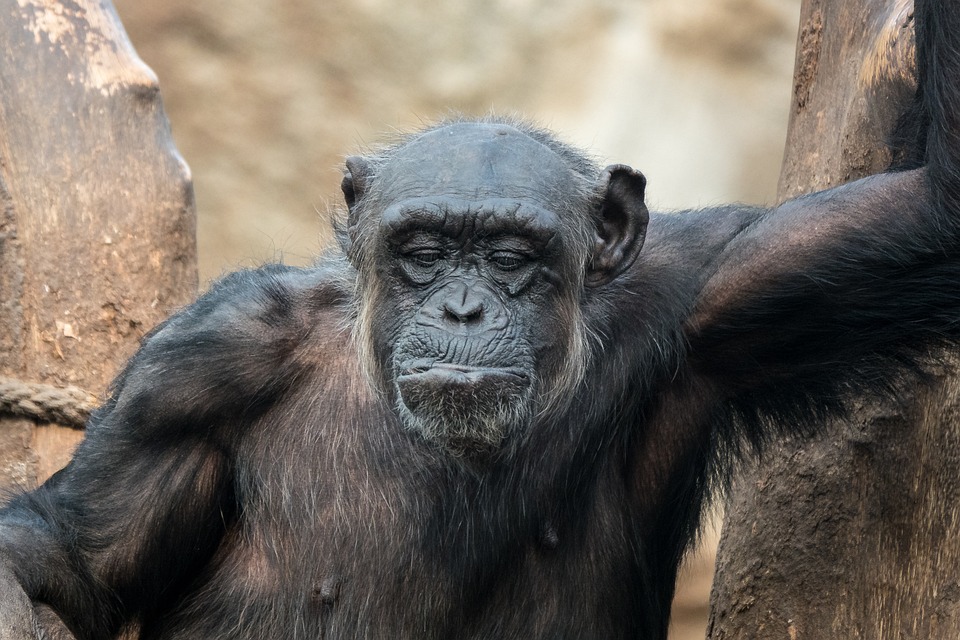
Breaking the Mold: Examining Gender Roles in Character Evolution
Gender roles have long been a hot topic in the world of fiction. From traditional tales of damsels in distress to modern stories of empowered heroines, the portrayal of gender in literature and media has evolved over time. One area where this evolution is particularly evident is in the realm of character development. In this article, we will explore how gender roles have been challenged and redefined through the evolution of characters in various forms of media.
Traditional Gender Roles in Literature
Historically, gender roles in literature have been heavily influenced by societal expectations. Male characters were often portrayed as strong, brave, and in control, while female characters were typically relegated to the roles of love interests or sidekicks. This can be seen in classic works such as Shakespeare’s Romeo and Juliet, where the male protagonist, Romeo, is portrayed as the fearless hero, while the female protagonist, Juliet, is depicted as a beautiful but passive damsel in distress.
Similarly, in fairy tales such as Snow White and Cinderella, female characters are often portrayed as helpless victims who rely on male characters to rescue them from danger. These traditional gender roles have been ingrained in literature for centuries, shaping our perceptions of what it means to be masculine or feminine.
Challenging Gender Stereotypes
In recent years, there has been a significant shift in the way gender roles are portrayed in literature and media. Characters are no longer confined to narrow stereotypes based on their gender, but are instead given the opportunity to defy expectations and break the mold.
One example of this can be seen in the character of Katniss Everdeen from The Hunger Games trilogy. Katniss is a strong, independent, and skilled archer who becomes the primary breadwinner for her family. She challenges traditional gender roles by taking on a traditionally male role as the protector and provider, while her male counterpart, Peeta, is portrayed as more emotional and sensitive.
Another example of a character who defies gender stereotypes is Hermione Granger from the Harry Potter series. Hermione is portrayed as intelligent, brave, and resourceful, breaking the mold of the traditional female sidekick. She is often the one who saves the day with her quick thinking and problem-solving skills, challenging the idea that only male characters can be heroes.
Evolution of Gender Roles in Comics
Comic books have also played a significant role in challenging traditional gender roles and stereotypes. Superhero comics, in particular, have a long history of depicting strong, powerful male heroes and passive, helpless female characters. However, in recent years there has been a push for more diverse and complex female characters in comics.
One example of this evolution can be seen in the character of Wonder Woman. Originally created in 1941, Wonder Woman was one of the first female superheroes and has since become an iconic symbol of female empowerment. She is depicted as a skilled warrior, diplomat, and leader, challenging the idea that female characters can only be relegated to supporting roles.
Another example of a character who has challenged traditional gender roles in comics is Kamala Khan, also known as Ms. Marvel. Kamala is a Pakistani-American teenager who gains superhuman abilities and becomes a superhero. She is portrayed as a relatable and multi-dimensional character, challenging stereotypes about female superheroes being one-dimensional or overly sexualized.
Impact on Society
The evolution of gender roles in character development has had a significant impact on society as a whole. By portraying more diverse and complex characters, literature and media have the power to challenge stereotypes, promote equality, and inspire change.
Young readers and viewers are exposed to a wider range of role models and possibilities, encouraging them to question traditional gender norms and explore their own identities. This can lead to increased confidence, self-esteem, and a greater sense of empowerment for individuals of all genders.
Additionally, by breaking free from traditional gender roles, creators have the opportunity to tell more engaging and compelling stories. Characters who defy expectations and challenge stereotypes are often more interesting and relatable, adding depth and complexity to their narratives.
Conclusion
In conclusion, the evolution of gender roles in character development has led to a more diverse and inclusive representation of gender in literature and media. Characters are no longer confined to narrow stereotypes based on their gender, but are instead given the opportunity to challenge expectations, break the mold, and inspire change.
By portraying characters who defy traditional gender roles, creators have the power to challenge stereotypes, promote equality, and inspire individuals of all genders to be their true authentic selves. The future of character evolution looks bright, with endless possibilities for diverse and complex characters who continue to push the boundaries of gender representation in literature and media.